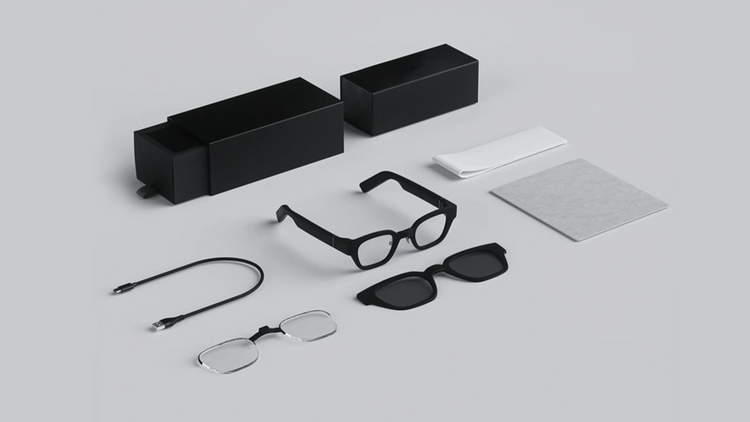Table of Contents
- Introduction
- What Are Cochlear Implants?
- Advantages of Cochlear Implants
- Why Are Cochlear Implants Bad?
- Pros and Cons of Cochlear Implants
- Considerations Before Getting a Cochlear Implant
- Conclusion
- FAQ
1. Introduction
Cochlear implants have transformed the lives of numerous people with hearing loss by offering a way to enhanced auditory experiences. Like all medical technologies, however, they also have their ups and downs. This guide will explore the benefits of cochlear implants, their possible downsides, and help you make an informed decision.
2. What Are Cochlear Implants?
A cochlear implant is an electronic device that is designed to provide a sense of sound to a person who has developed severe hearing loss. Unlike hearing aids, which amplify sound, cochlear implants bypass damaged parts of the ear and directly stimulate the auditory nerve.
3. Advantages of Cochlear Implants
Better Hearing Experience
Cochlear implants can remarkably improve the ability to hear and discriminate sounds, especially in those individuals who receive little to no benefit from conventional hearing aids.
Improved Communication Skills
Many users say that understanding speech has become easier, and therefore, communication both at home and work is easier.
Improved Quality of Life
Many of them feel less isolated and more involved in life because they are again aware of the sounds around them.
The FDA says that cochlear implants can provide a more natural sense of sound than hearing aids, especially in noisy environments.
4. Why Are Cochlear Implants Bad?
Not everything is perfect about cochlear implants.
Surgical Risks
As with any surgery, there are risks with implantation, including infection, device failure, and an allergic reaction to anesthesia. See more on these risks at the Mayo Clinic.
Maintenance and Repairs
But, there are a lot of expenses to maintain these implants as batteries will have to be changed regularly, and some repair work might be necessary over a period of time.
Not for Everybody
Success is not uniform for everybody. Age at implantation and how long a person has been unable to hear are just two of many variables that determine outcomes, according to Johns Hopkins Medicine.
5. Pros and Cons of Cochlear Implants
Pros
- Restores Auditory Abilities to people with profound hearing loss.
- Supports better speech recognition and language development, especially in children.
- Allows for increased awareness of environmental sounds, which can be safer.
Cons
- High initial and ongoing costs, with insurance coverage dependent on the provider.
- Some may find the sounds unnatural or hard to get used to.
- Risk of device malfunction or failure, which may involve additional surgeries.
6. Considerations Before Getting a Cochlear Implant
Before considering cochlear implants, it is vital to consult an audiologist or medical professional who can assess your needs. Factors to be determined include:
- Degree of hearing loss.
- Possible benefits and limitations.
- What kind of rehabilitation will be necessary after surgery.
7. Conclusion
Cochlear implants are miracle technology; they bring many challenges, though. You can decide whether they are suitable for your hearing needs by learning about the pros and cons they come with.
8. FAQ
Q: Who would be the best candidate for cochlear implants?
A: Those who cannot use the most common hearing aids because of severe or profound hearing loss are usually ideal candidates.
Q: Are cochlear implants permanent?
A: Whereas designed to last a long time, such a device may need maintenance or even replacement due to wear and tear or evolution of technology.
Q: How soon does one get used to a cochlear implant?
A: This depends on various factors based upon the individual, but usually, it might take several months of rehabilitation with constant use.
For more answers, visit Stanford Health.



